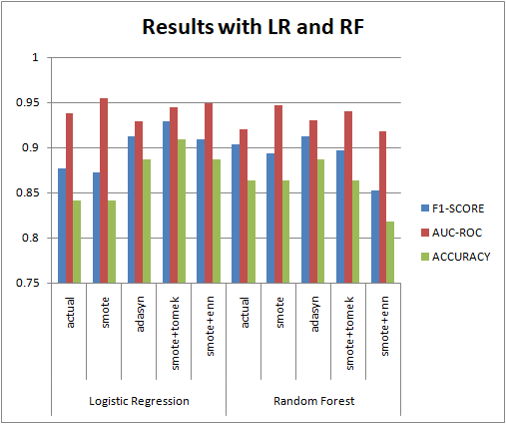


Deep and organ space surgical site infections (SSI) require more intensive treatment, cause
more clinically severe disease and may have different risk factors compared to superficial SSIs.
Machine learning (ML) algorithms may be used to analyze multiple factors for prediction of type
and time of development of SSI. Therefore, this study developed a ML model to predict type and
postoperative week of SSI, and compared risk factors for superficial and deep SSIs after
general surgery procedures. : ML models offer reasonable accuracy in prediction of superficial
vs deep SSI and time of developing infection. Follow-up duration and allocation of treatment
strategies can be informed by ML predictions. Risk factors for superficial SSI and deep/organ-
space SSI vary in terms of magnitude and significance.
This research-based project aims to ensure the well-being of patients in post-operative care
which is prone to being ignored. The ML model ensures economic growth and development in
the medical equipment industry in Pakistan. Currently RCAI is seeking collaborators whose goal
is to develop innovative solutions nationally.
